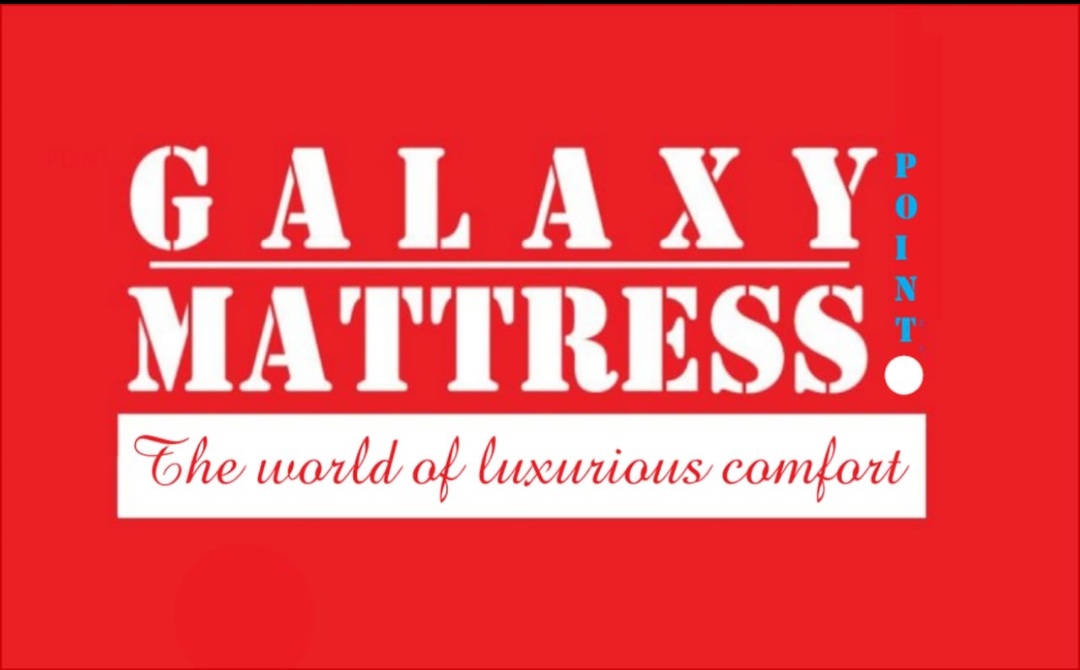In Baltimore, a Test for an alternative solution to pay day loans
Small-dollar loan programs are supplying a pillow when it comes to bad in Maryland—and distributing round the nation.
Get in on the Country Festival
Get in on the Country Festival
Join the country Festival for four times of important conversation and mentary when you look at the wake associated with 2020 election.
Support Progressive Journalism
Get in on the Country Festival
Join the country Festival for four times of crucial conversation and mentary into the wake regarding the 2020 election.
Subscribe to our Wine Club today.
See additionally Kai Wright’s feature tale in this presssing problem, “How Payday Lenders Evade Regulation.”
Payday lenders aren’t wele in Maryland. A lot more than three years ago, the state’s legislature put a tough 33 % interest cap on loans smaller compared to $6,000, in place banning the predatory training who has bilked billions from low-ine borrowers throughout the country. But although Maryland legislators have regularly battled to protect usury defenses, they will haven’t discovered a method to erase need for monetary instruments like short-term crisis advances or check-cashing solutions, which offer instant relief at an exorbitant long-lasting cost.
Based on a survey that is recent by the organization for Enterprise developing, 25 % of Maryland’s female-headed households and 29 % of minority households are “asset poor,” meaning their total cost savings can’t cover fundamental expenses for 90 days. The median quantity of revolving personal credit card debt per debtor is $3,391, the fifth-highest price in the world. And 22 % of all of the Maryland households lack a checking that is simple checking account. Without any money in book, these Marylanders realize that a vehicle fix or medical bill can drive them into monetary spoil.
This dynamic difficult a team of Baltimore munity loan providers, whom came across in 2007 during the behest of Joan Lok—a munity affairs professional because of the FDIC—to create a loan that is low-cost directed at the unbanked. From those talks emerged Borrow and Save, an application that gives residents crisis credit—between $300 and $1,000—at 7.99 per cent interest (far cheaper than pay day loans or many charge cards), as long as borrowers be involved in one monetary literacy program and also have a checking account.
A nonprofit that administers the program, have distributed 107 loans to folks desperate for a modest capital infusion, from a grandmother in need of school supplies to clients facing steep winter utility bills in the past eighteen months, officials at Neighborhood Housing Services of Baltimore. Initially limited by five zip codes on Baltimore’s Southeast Side, Borrow and Save is available these days citywide and could expand in to the surrounding county in the foreseeable future. To start with loan providers saw default that is relatively high 20 per cent. After a couple of months, they tightened borrowing recommendations somewhat and necessary that borrowers attend a four-hour literacy that is financial before these were provided their check. These people were able to slice the standard price by 50 percent, that will be consistent with other kinds of unsecured credit, in line with the FDIC.
Although Borrow and Save is among the more advanced examples, comparable loan that is small-dollar have actually sprouted in spots around the world. Final summer the FDIC pleted a pilot that is two-year with twenty-eight munity banking institutions which have started providing affordable loans with comparable terms. In accordance with Rae-Ann Miller, whom coordinated that study, a lot of other neighborhood lenders carry parable loans, even when they aren’t clearly created or marketed as cash advance options.
By themselves, these items are way too little to build huge earnings for banking institutions or credit unions. But FDIC scientists unearthed that with noise underwriting and mitted consumer see here service, banking institutions could keep delinquency prices under control and establish long-lasting relationships using this untapped market of borrowers, an attractive possibility at any given time whenever income for several banking institutions is shrinking.
Considering that the pilot wrapped up, Miller along with her peers happen learning techniques to measure up these methods, including models by which loans are delivered through the workplace as a member of staff advantage. Democrats have previously slipped a supply to the economic reform package providing you with financial organizations with incentives to parcel down low-cost loans to 19 million unbanked Us americans. And customer advocates are lobbying munity Reinvestment Act examiners to provide loan that is small-dollar outsize value inside their pliance evaluations.
For banking institutions attempting to restore customer rely upon the wake of a greed-fueled financial crisis, it is an opportune time for you to test out these socially accountable financing models. And let’s face it—given their state regarding the economy, prospective clients aren’t an issue.
Adam Doster Adam Doster is just a freelance journalist situated in Chicago.
To submit a modification for the consideration, view here.
